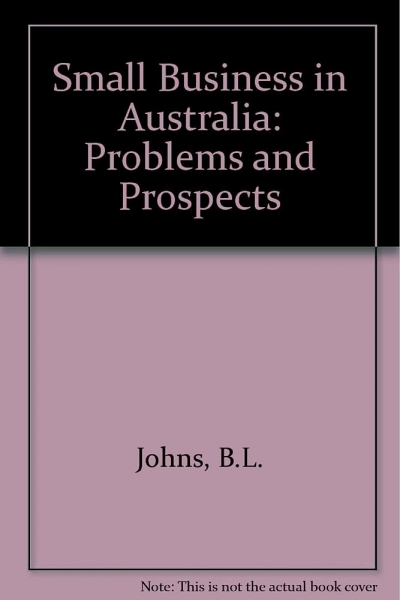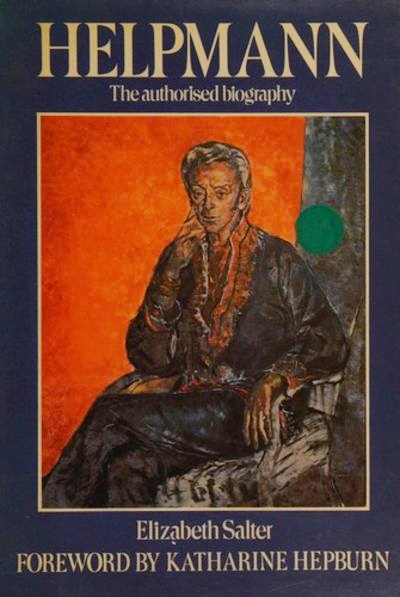Archive
Small Business in Australia: Problems and prospects by B.L. Johns, W.C. Dunlop, and W.J. Sheehan
by Les Taylor •
The Rise of the Medici: Faction in Florence 1426–1434 by Dale Kent
by Louis Green •
Aesychlus: The Oresteian trilogy: A theatre version by Rush Rehm
by Dennis Pryor •
This Sin and Scandal: Australia’s population debate 1891–1911 by Neville Hicks
by Patricia Grimshaw •








